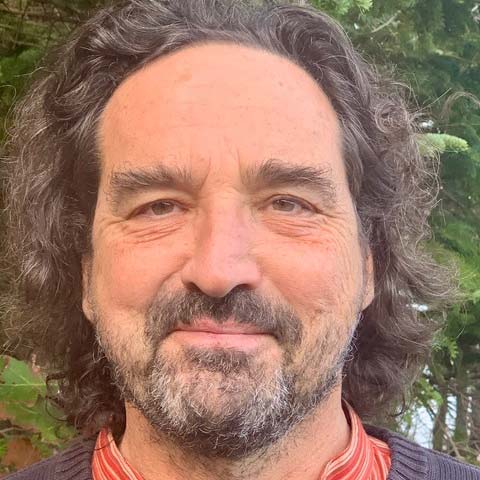Dimensions in Testimony Education Releases Interview with Nuremberg Prosecutor Ben Ferencz
Ben Ferencz, the last remaining prosecutor from the Nuremberg Trials who passed away in Florida earlier this month, gave countless interviews over the course of his illustrious career.
But surely none was longer, or more technically challenging, than the three-day testimony he gave to USC Shoah Foundation at the height of the Covid pandemic in July 2020.
The need for social distancing necessitated that filming be done remotely, with boxes of sophisticated equipment shipped to Ferencz’s modest Florida home.
“There was an urgency around filming the interview in the middle of the pandemic,” said Ryan Fenton-Strauss, Interim Director of Media and Archives at USC Shoah Foundation. “We built this remote rig to try to keep testimony collection going, and Ben was our first interviewee.
He was a giant of a human being. And there he was—this man who had dedicated his life to this mission of humanity—talking to us from his modest Florida home.”
The result is USC Shoah Foundation’s latest Dimensions in Testimony (DiT) Education interview, released today, an interactive conversation in which students and educators can ask questions that prompt real-time responses from his pre-recorded interview. Previously available only in museums, Dimensions in Testimony Education is built specifically for educational use and is available at no cost in classrooms via computers or mobile devices.
In the DiT session, the distinguished lawyer and peace advocate spoke of a long career that included entering concentration camps as they were being liberated, prosecuting Nazi war criminals, and fighting for the establishment of the International Criminal Court.
In one, from the late 1940’s, he describes attending a meeting in Bonn with representatives of the West German Finance Ministry and the Ministry of Social Affairs. At issue was the care and maintenance of Jewish cemeteries in post-war Germany.
At the time, to free up space German municipalities typically recycled burial plots every 20 years. Ferencz was pushing for Jewish graves to be exempted from this practice and—in accordance with Jewish tradition—be left undisturbed in perpetuity. However, this proposal was opposed by Ferencz’s German counterpart (“probably an old Nazi”) who told the young American lawyer, “Mr. Ferencz, you can’t expect us to do for the Jews more than we do for our own people.”
“That caused me to explode,” Ferencz recalled in his testimony.
“I had in my pocket something I had picked up when I had visited Auschwitz. It was some bones [I had found in the] ashes behind the crematorium…And when I got back to [my] Frankfurt hotel I got an envelope from the hotel and I put them in the envelope,” Ferencz said.
“[So at the meeting about the cemeteries] I took the bones out of my pocket, and I slammed them on the table, and I said, ‘Who do you want to pay? They? They would’ve come to you if you hadn't killed them. You murdered them, you tell them who’s going to pay.’”
The German officials acceded to Ferencz’s demand.
Read more from Ben's Dimensions in Testimony interview.
Ferencz’s DiT is available at no cost to teachers and students anywhere in the world. It is accompanied by an educational activity called A Conversation with Ben Ferencz, which integrates the interactive biography to help students explore the meaning of “the rule of law” and its application in response to crimes of genocide.
His DiT will also appear prominently in a soon-to-be-released new unit in Echoes & Reflections, a Holocaust education program developed in a partnership between USC Shoah Foundation, ADL and Yad Vashem.
Dimensions in Testimony was developed in 2014 in association with the Illinois Holocaust Museum and Education Center, with technology by USC Institute for Creative Technologies and concept by Conscience Display. Integration in IWitness is made possible through the generous support of the Snider Foundation.
To date, more than 60 Holocaust survivors and witnesses have been interviewed for Dimensions in Testimony. Debuting with a permanent installation featuring Pinchas Gutter at the Illinois Holocaust Museum and Education Center in 2015, DiT installations are now featured at 11 museums around the world.
